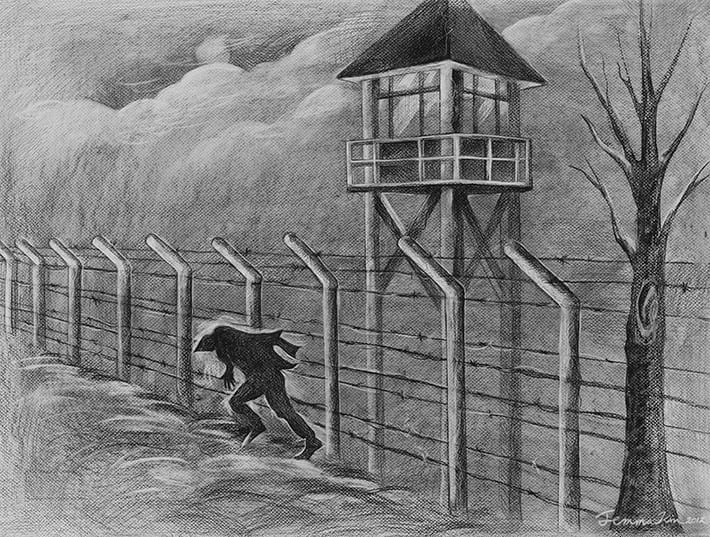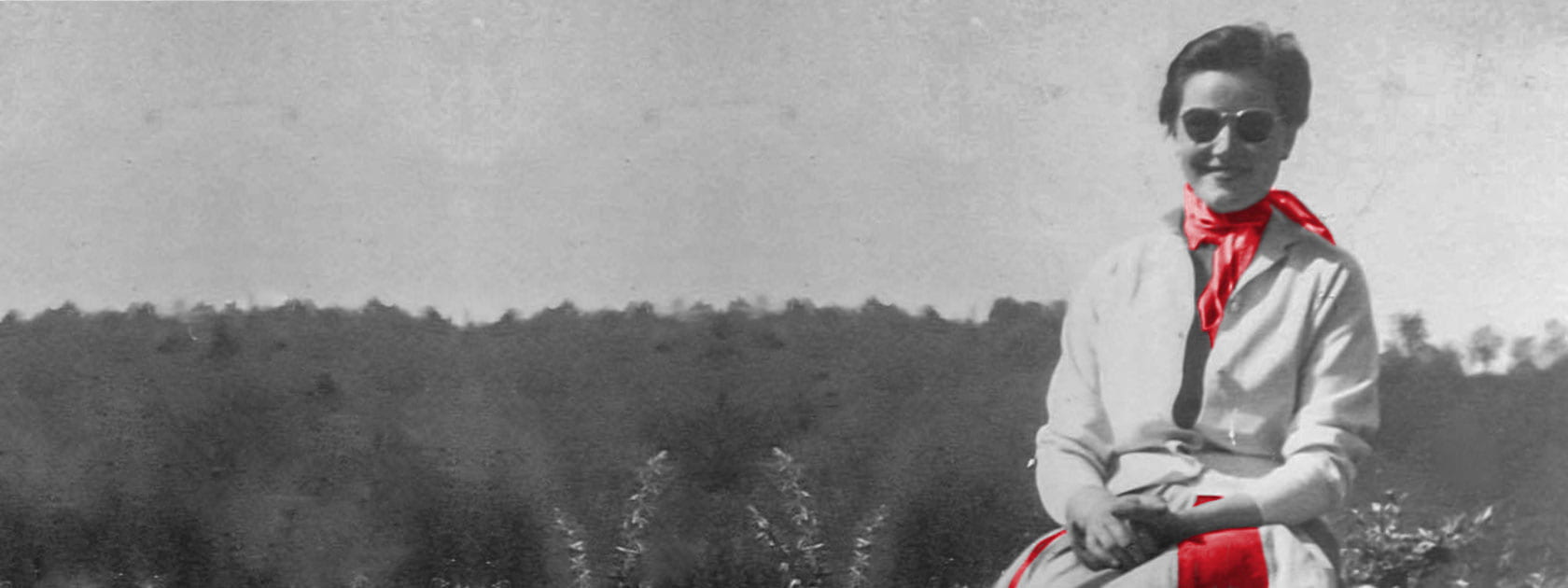Table of Contents
Internee List
In 1940, 31,000 Italian Canadians were officially designated as enemy aliens. Of these, about 600 were taken from their homes and separated from their families. They were held in prisons and remote camps.
An online commemorative wall honours these internees.

Timeline
![June 10, 1940 edition of the Winnipeg Free Press with lead story announcing the entry of Italy into World War II on the side of Germany. Also reported is the death of Norman McLeod Rogers, Minister of National Defence, in a plane crash. The edition carries an article with the headline "Canada's Italian Alien Problem Faces Ottawa", which notes, "In company with other Italian consular officials in the dominion, Pietro Colbertaldo, regent vice-consul in Winnipeg, will be given his passport and the local consular office closed". The article specifies that although there are 2432 Italians residing in Manitoba, "According to a Free Press informant in touch with the alien situation in Canada, Italian residents in eastern Canada present the main problem to the authorities". In fact, only one Italian-Canadian from the province, a John Urso from Winnipeg, was interned. The Winnipeg Free Press is the oldest newspaper in western Canada. The paper dates back to 1872, when it was known as the Manitoba Free Press. For more information on the history of the newspaper, see [leads to an external page]: http://www.winnipegfreepress.com/history.html](https://www.italianheritage.ca/files/2024/02/Winnipeg-Free-Press-newspaper2-324dbb32aaef5843.jpg)
Focusing on the lead up to World War II and its immediate aftermath, the timeline presents the dates of key events and happenings, along with photographs and videos. The timeline sets the historic environment in which the internment of Italian Canadians occurred.
Memories of World War II
June 10, 1940, Italian dictator Benito Mussolini declared that Italy had joined the war on the side of Germany. Within minutes of this announcement, the Canadian government gave the Royal Canadian Mounted Police (RCMP) orders to arrest Italian Canadians considered to be a security risk.
Under the War Measures Act, 31,000 Italian Canadians would be officially designated as enemy aliens. Of these, about 600 were taken from their homes and separated from their families.
No one was formally charged in a court of law.

Life in Canada

Between 1876 and 1942, roughly 18.5 million Italians migrated to other parts of Europe, Northern Africa, Australia, North and South America. Only 126,000 came to Canada, which needed cheap labour for resource extraction, factory work and construction.
Life as a migrant was difficult.
Italians were given some of the most laborious and dangerous jobs. They lacked job security and experienced discrimination on and off the job. With low wages, and in an effort to save money, they often lived a frugal lifestyle.
Becoming The Enemy
Within half an hour of Italy’s declaration of war, the police began arresting individuals across Canada. Suspects were taken from places of work. Homes were ransacked in an attempt to find evidence.
Italian Canadians were taken to local jails to await transfer to internment camps. Many had no idea why they found themselves in this situation. They were not told what was going to happen to them.
Many others were subjected to enemy alien designations, loss of work, vandalism, verbal abuse, and violence.

Italian Canadians Today

Immediately after the war, the Italian Canadian community became fragmented. Individuals feared being targeted again by the Canadian government. They attempted to return to a normal life as quickly as possible.
Once released, many of the internees were obliged to start over. Although some were able to return to their jobs, many others had to find new employment.
Italian Canadians also had to work to rebuild community organizations and to establish a rapport with the large wave of newcomers arriving from war-torn Italy.
It’s Just History
Along with the Italian Canadians, the government also interned German Canadians, Japanese Canadians and others.
What occurred during World War II was not an isolated case. Canada has a history of interning populations it considers a threat to public safety.
While security is in the interest of all Canadians, we must strive for a balance between individual rights and public safety. This balance should be maintained during periods of crisis. In a democratic society there should be room for multiple political beliefs, opinions and religions.




